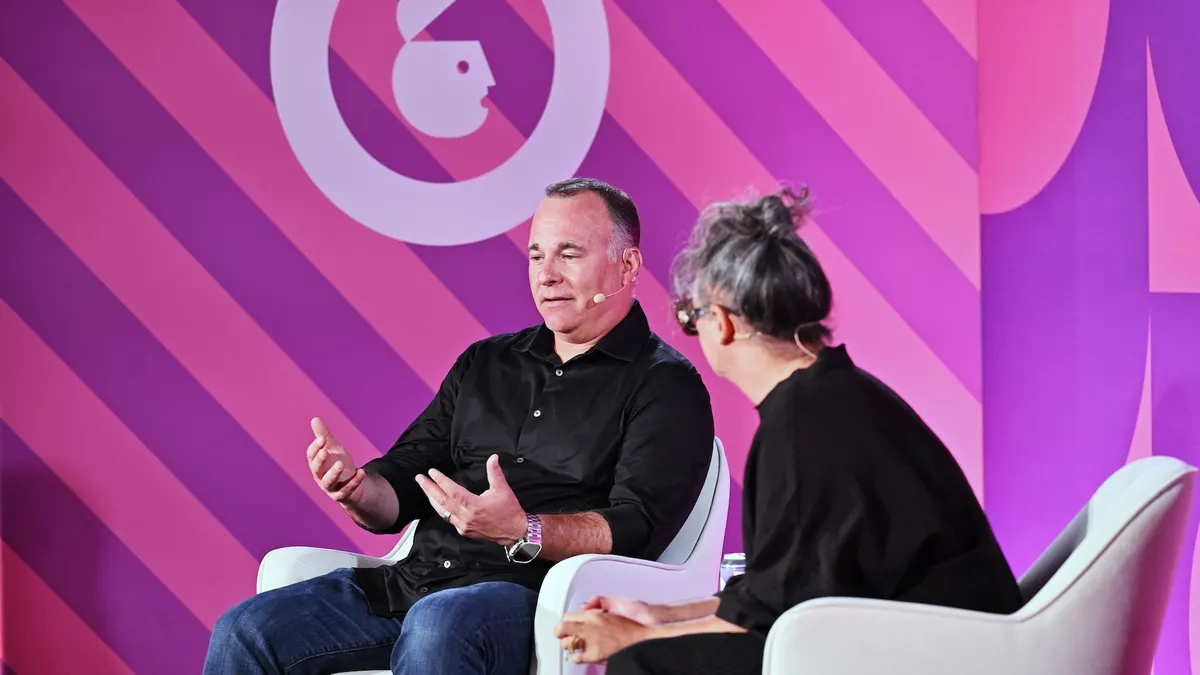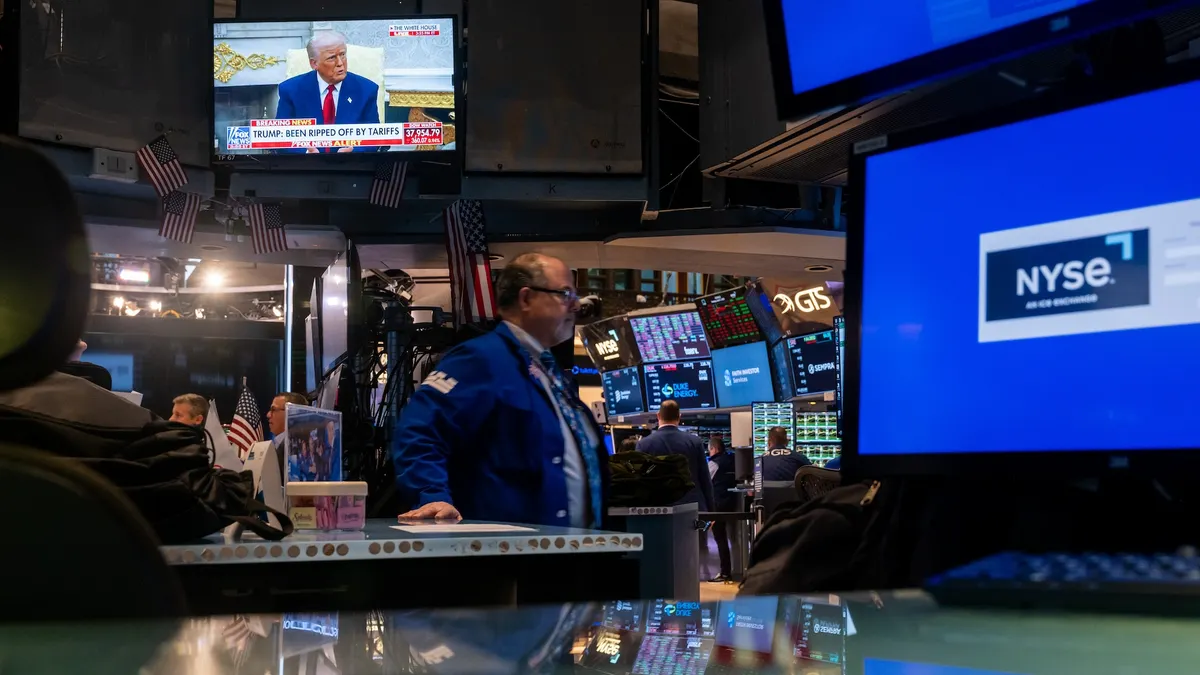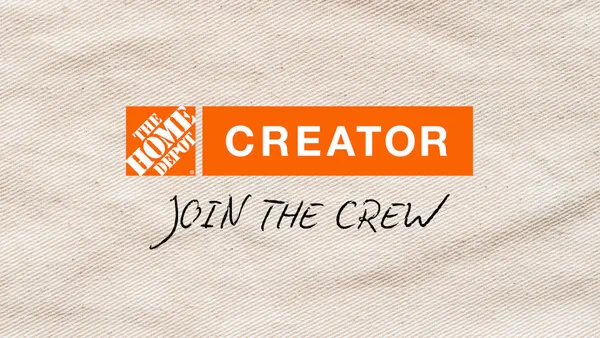Editor's note: The following is a guest post from Brian Freeman, CEO and founder of Heartbeat.
Brand ambassadors and micro-influencers perform similar jobs, but the way they work and the type of results they deliver vary widely. Micro-influencers make high-quality posts in short bursts and have wide reaches, while brand ambassadors produce numerous posts over a longer period, though typically at a lower quality and to a smaller audience.
Both micro-influencers and brand ambassadors can produce successful campaigns, but only if companies' goals are aligned with each of their strengths. If you're thinking about partnering with one over the other, first consider whether they align with your expectations and brand identity and weigh the differences between the two options.
The nature of micro-influencers
Brands should view micro-influencers as reach tools. They're limited in their ability to create loyalists, but their popularity generally leads to widespread exposure. Most micro-influencers ask for higher pay for low time commitments. Fortunately, the content they produce tends to be of high quality, particularly visual content such as photos or Instagram posts.
Followers don't accrue naturally, so micro-influencers must build their personal brands through hashtags and constant updates. This approach, while successful in generating follower volume, tends to result in a generalized audience without many binding characteristics to target. Em Roberts, who has about 18,000 Instagram followers, recently leveraged #LondonFashionWeek to boost her viewership at the cost of diverging from her brand identity in the lipstick niche.
Micro-influencers rely on their past work to increase their followings and raise their fees. The more popular they become and the more companies that want on board, the higher the fees. But micro-influencers play a vital role in online marketing today. A $5,000 investment in micro-influencers typically results in several dozen Instagram posts to about 200,000 followers, plus 10 to 35 blog posts to about 315,000 readers. Micro-influencers are a great choice for brands that want to promote a new product or flash sale to a broad network.
Benefits of working with brand ambassadors
While acquiring brand ambassadors can be an expensive exercise in patience, ambassadors do more than test and promote products. They engage with brands on social media and on websites of their own volition — not because they're paid, but because they're passionate. Strong ambassador groups for companies such as Apple see the brands as extensions of themselves.
People become ambassadors for brands they're already loyal to on a consumer level, and that association with trusted brands is often more important that monetary compensation for posts. Their audiences are composed of friends and friends of friends — think 2,000 followers, not 200,000. But this narrow group of 2,000 followers are very likely to be actively engaged and responsive to the ambassador's content.
Hiring brand ambassadors doesn't work like hiring micro-influencers, though. Marketing systems must nurture customers into passionate advocates through email and social media campaigns. Dedicated team members must focus primarily on generating more ambassadors through cultivating a brand personality, and the payoff takes time.
Choosing the right partnership
Before you pick a micro-influencer partnership or a brand ambassador development campaign, identify your goals so your expectations match the likely results. Answer these questions to help determine which partner is right for you:
1.) Does your brand need engagement or reach?
Consider the stats: According to a study we conducted at Heartbeat, micro-influencer posts averaged 2% engagement against ambassador posts' 14.5%, but with double the followers over less than one-tenth the number of Heartbeat accounts.
Micro-influencers are valuable partners for brands that want to reach as many consumers as possible. Hiring just a few micro-influencers can get information about your new product, sale, or location in front of tens or even hundreds of thousands of people. Ambassadors, on the other hand, play a longer game focused on engagement. Their audiences are smaller, but because they're typically made up of friends and a tighter-knit network, the audiences are more likely to trust ambassadors' recommendations than strangers' on the internet.
2.) Is your brand focused on short-term or long-term goals?
Brands looking to build long-term dedicated fan bases should look to brand ambassadors. While it takes time and effort to build a group of advocates, ambassadors will help you create a sticky base of loyalists you can rely on to purchase your products repeatedly in the future.
Micro-influencers, on the other hand, are valuable partners for brands looking for short-term traffic boosts across wide populations. If brands are looking to test new initiatives or experiments they've been working on, micro-influencer marketing can be an effective way to quickly drive new traffic.
3.) Does your brand need a few high-quality images or lots of posts from nonprofessional creators?
If you need high-quality photography, a micro-influencer like Jacob True can deliver on that expectation. Micro-influencers have personal brands to maintain, so they'll produce images and videos that look professional. They have experience creating eye-catching imagery and the equipment to make it happen. Most use professional cameras, not smartphones.
If you want lots of imagery that you can reuse across your social channels, brand ambassadors can create that database of content. With multiple ambassadors creating content around your brand, you'll be able to post user-generated content to your Facebook or Instagram pages that show you have an army of individuals engaged and excited about your brand and products.
Once you answer those three questions, you'll have a better idea about which type of partnership is right for your brand. If your needs change over time or from project to project, no need to worry. As long as you don't ask brand ambassadors or micro-influencers to do one another's jobs, you'll be on the path to success.



















